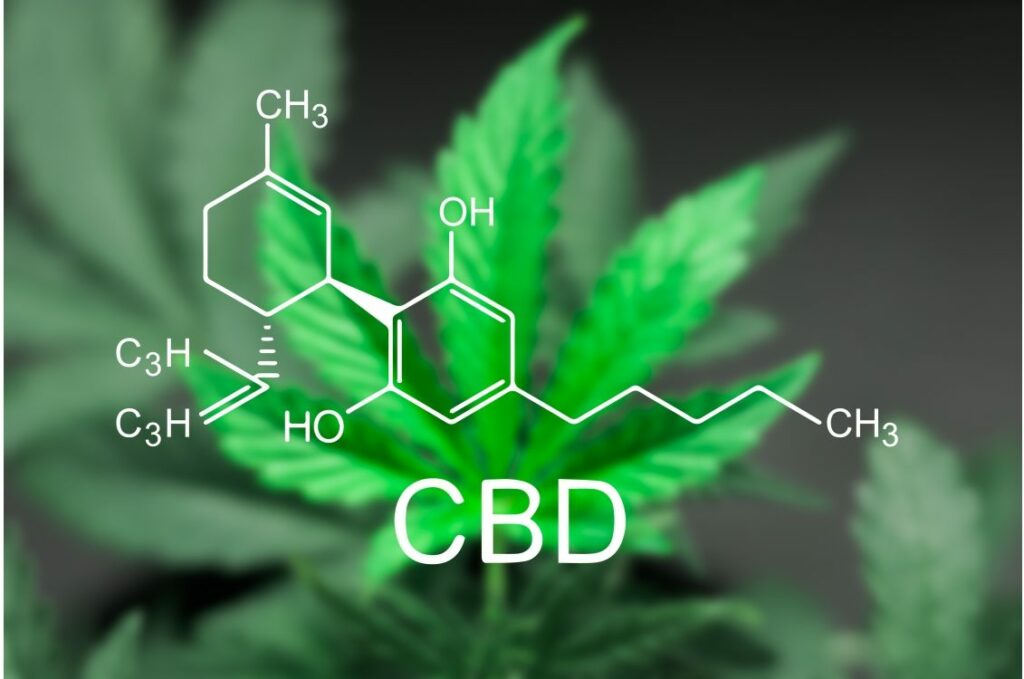
CBD oil, or cannabidiol, is a chemical compound derived from the cannabis plant, and its extraction methods have evolved over time. In recent years, the CO2 extraction method has emerged as the most reliable technique for obtaining high-quality full spectrum CBD oil.
The cannabis plant, utilized for its medicinal, spiritual, and recreational attributes for thousands of years, boasts a composition of 104 chemical compounds. Among them, CBD stands out. Unlike its close relative THC, CBD is completely legal.
To truly grasp CBD oil’s nature, it’s essential to separate it from the controversial marijuana plant. The plant has been marred by negative associations since its UK prohibition in 1928 and its medicinal ban in 1971.
What sets CBD oil apart from the cannabis plant is its minimal THC (Tetrahydrocannabinol) content. THC, a natural psychoactive compound, can alter consciousness, mood, and perception, producing a sensation of being high.
Unlike the cannabis plant, CBD is both legal and devoid of psychoactive properties.
CBD producers select hemp strains abundant in CBD. Reputable producers often cultivate distinct strains, each contributing unique properties to their products.
Cultivators specializing in high CBD strains recognize the synergy of cannabinoids like CBG and other terpenes. They skillfully blend these compounds to create full spectrum CBD oil, which offers diverse effects.
Over time, cannabis oil producers have developed various methods of extraction, with varying degrees of success. Presently, the CO2 extraction method reigns as the most effective and esteemed technique for obtaining CBD from cannabis.
This method leverages temperature and pressure to generate a full spectrum, highly concentrated, and entirely pure extract that is easily absorbed by the body.
The process employs pressurized carbon dioxide to draw out cannabinoids from the plant. The journey begins by cooling and pressurizing CO2 to transform it into a liquid. Gradually elevating both temperature and pressure turns the liquid ‘supercritical,’ at a juncture between liquid and gas.
This supercritical CO2 solution is then passed through the cannabis plant, extracting desired oils for the final product. Subsequently, the solution is condensed back into liquid form.
Ethanol, with its solvent attributes, can also extract CBD. However, the resulting product is often of inferior quality compared to CO2-extracted oil, as this process may eliminate certain cannabinoids.
Following extraction, the refining process ensues, often involving a method called winterization. This step entails soaking CBD extract in alcohol and then freezing it to separate waxes, lipids, and solvents. While this increases concentration, it might remove terpenes.
At Canavape, we exclusively use raw materials for CBD products extracted via CO2 extraction. We firmly believe that the distinction in quality justifies the time, effort, and investment. Explore our complete range of CBD E Liquids today or learn more about our other CBD products by getting in touch.
Please note: This blog post reflects historical data predating recent changes in cannabinoid laws, medical cannabis regulations, and some of our best CBD product names, strengths, and formulations. These historical blogs remain as a reference post our website update, but they might contain outdated information. Discover our updated CBD and legal cannabinoid products for the best CBD experience.